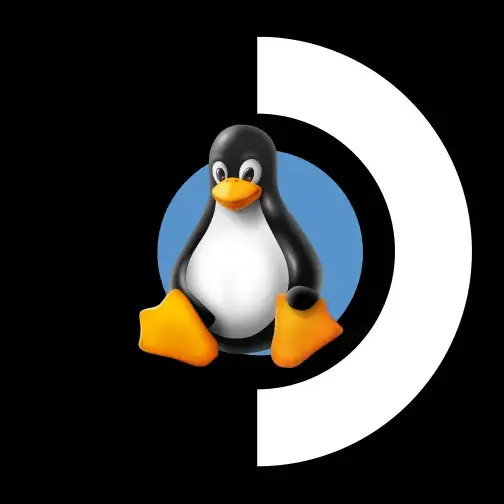

No, not really. “Casting” through the netflix app basically just turns your phone into a remote for your TV. The TV still plays videos from Netflix directly, using the Netflix app (or website). Casting using Google or Apple’s solution casts to a proprietary device with all the content protections functional, just like using the app on those devices.
The content protections are bypassed way easier on a computer by using the website and some black magic. The removal/paywalling of casting is purely removing convenience from the user that had barely any financial impact on the company.










The version from their F-Droid repo, SchildiChat[f], has no Google libraries. The version from the playstore includes proprietary blobs to support Firebase Cloud Messaging (Google notifications system). Exodus may be misidentifying this as “Google Admob”, which is not present in the app.